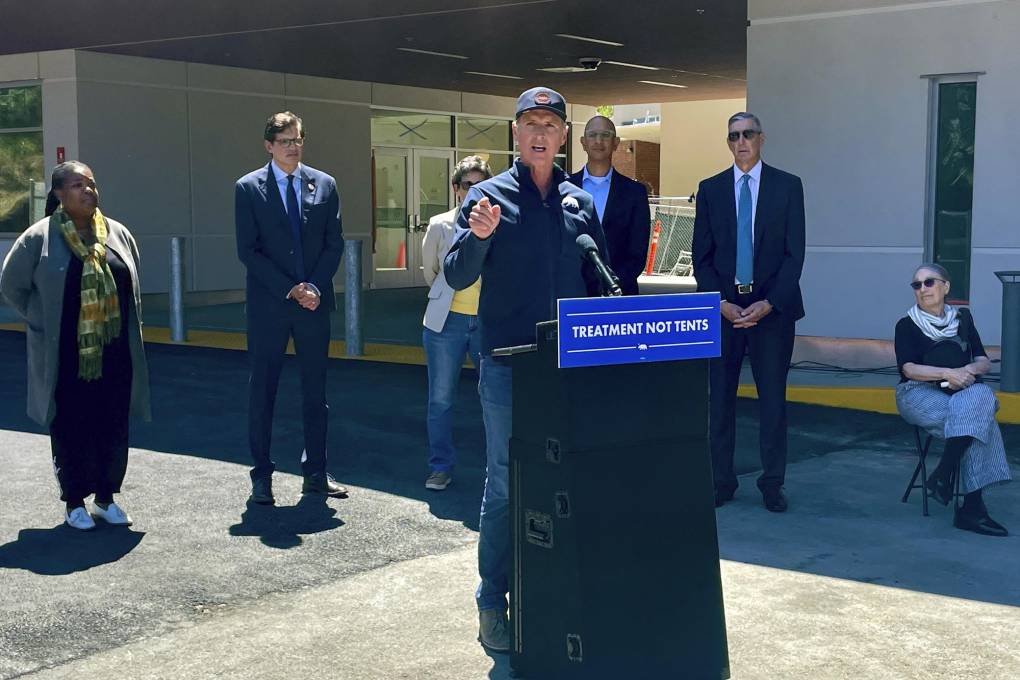It’s a small win for supporters of Proposition 36, who have been pressuring Gov. Gavin Newsom and Democratic legislative leaders to fund the “court-mandated treatment” outlined in Proposition 36, so far with little success.
“It is a positive first step, but that’s all it is — the first step,” said Orange County Democratic state Sen. Tom Umberg, who backed Proposition 36 and has written several bills aimed at implementing and funding the measure.
Umberg is also asking legislative leaders to include $250 million in next year’s budget to help stand up the drug treatment programs outlined in Proposition 36.
Newsom and Democratic leaders opposed Proposition 36, which passed with more than 60% voter support.
“I want to make sure that the mandate that the voters issued is fulfilled,” Umberg said.
However, critics of Proposition 36 say that using Proposition 47 grant money to fund these court-mandated treatment programs will hurt, not help, public safety. Opponents of the ballot measure warned from the beginning that the initiative didn’t include funding to pay for the promises it was making and say it’s short-sighted to divert money from incredibly successful Proposition 47 programs, which have been shown to reduce recidivism.
Among those critics was the governor himself.
“As prison costs rise under Prop. 36’s tough-on-drugs approach, it’s ironic that the money saved by Prop. 47 is being used to cover Prop. 36’s costs,” Newsom said in a statement.
Anthony DiMartino of Californians for Safety and Justice, which wrote Proposition 47, told lawmakers in a hearing this week that opening up the grants to Proposition 36 programs will result in “significant cuts to effective community-based programs.”
He warned that this would happen as Proposition 47 grant funding decreased because as more people go to prison under Proposition 36, savings would go down.
That will pose counties with “an impossible choice,” DiMartino said, “by pitting a wide array of successful programs against treatment-mandated felony programs fighting for resources from the same shrinking funding source.”

